Archive
2022
KubaParis
I don´t listen to the news no more
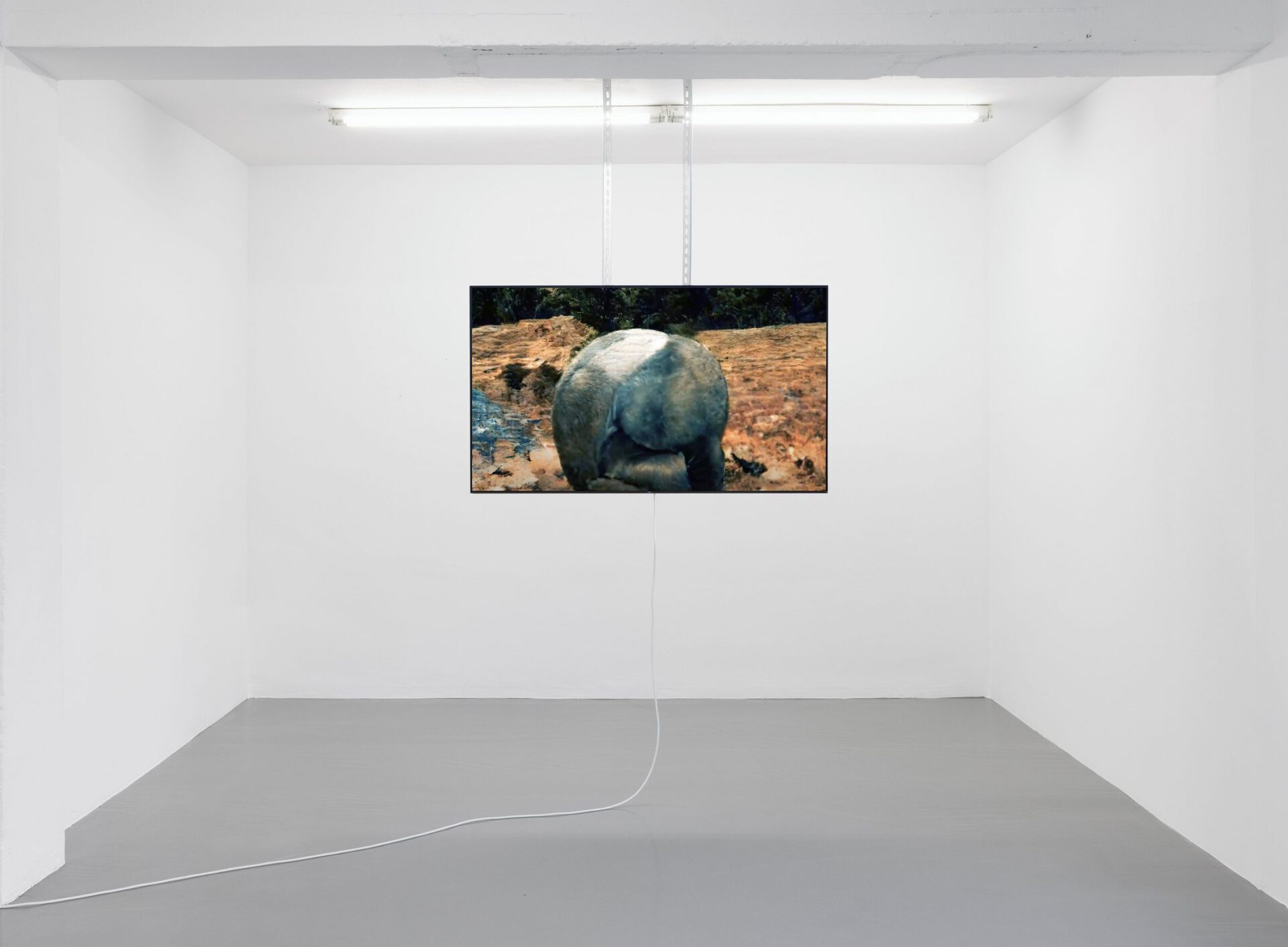



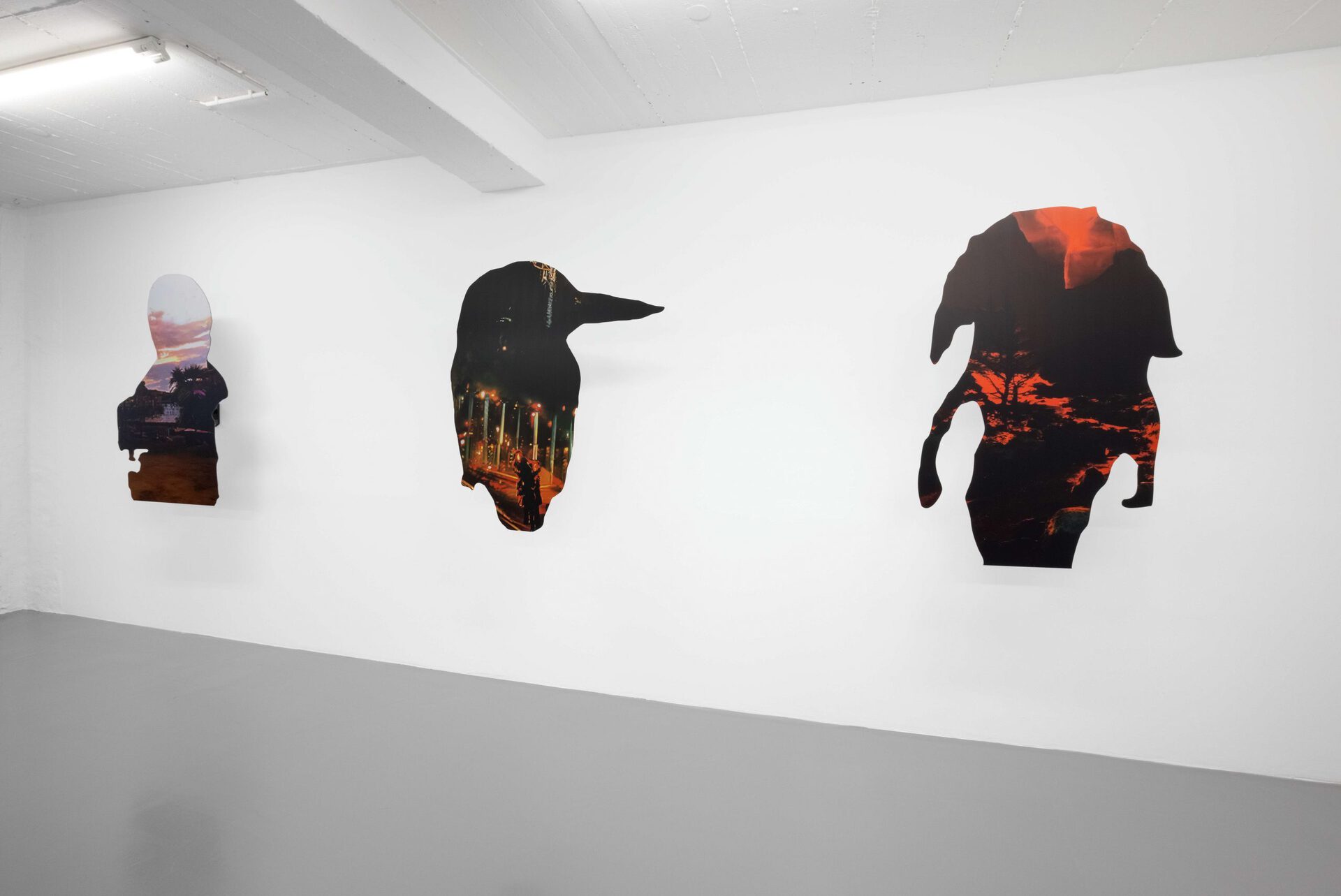
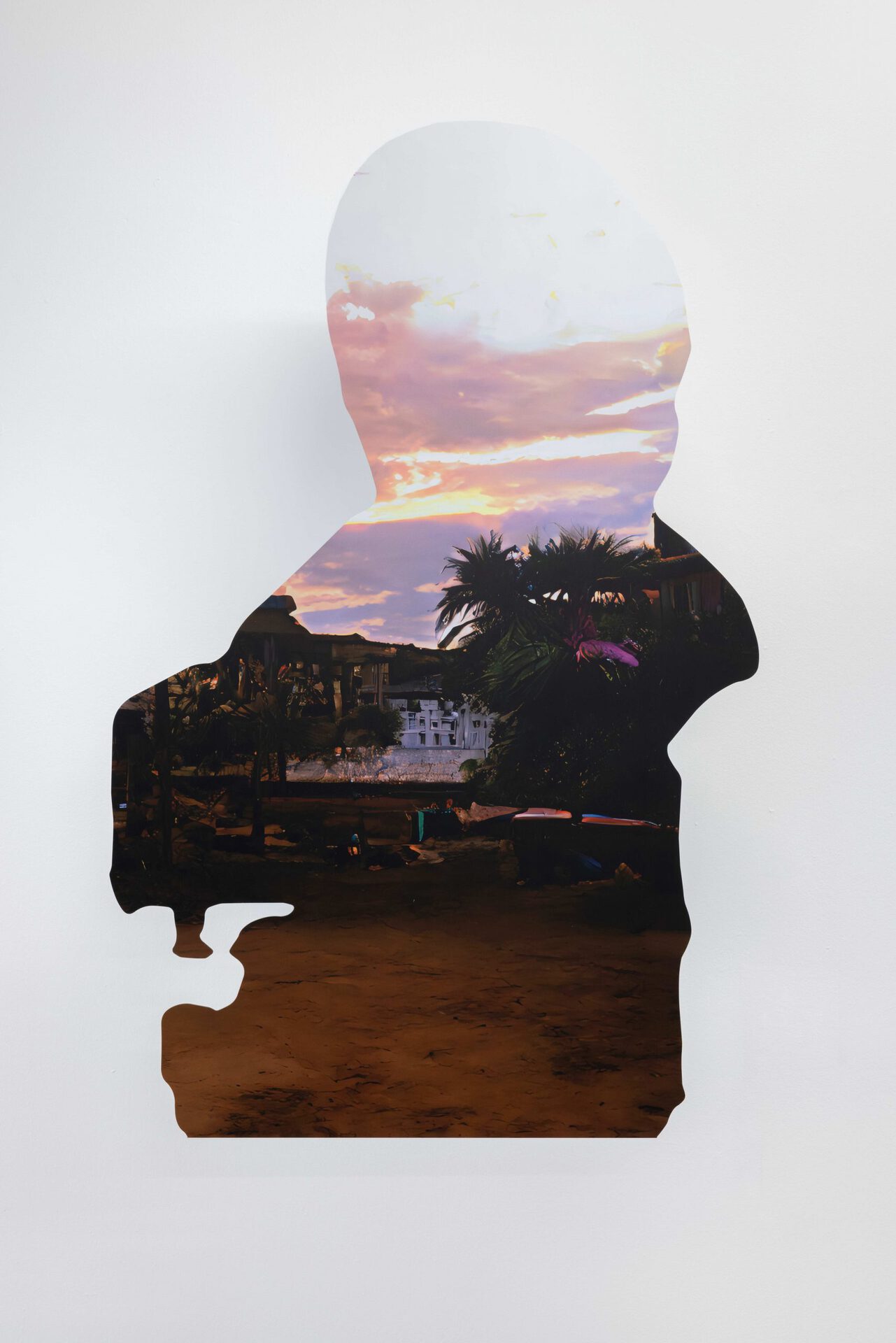
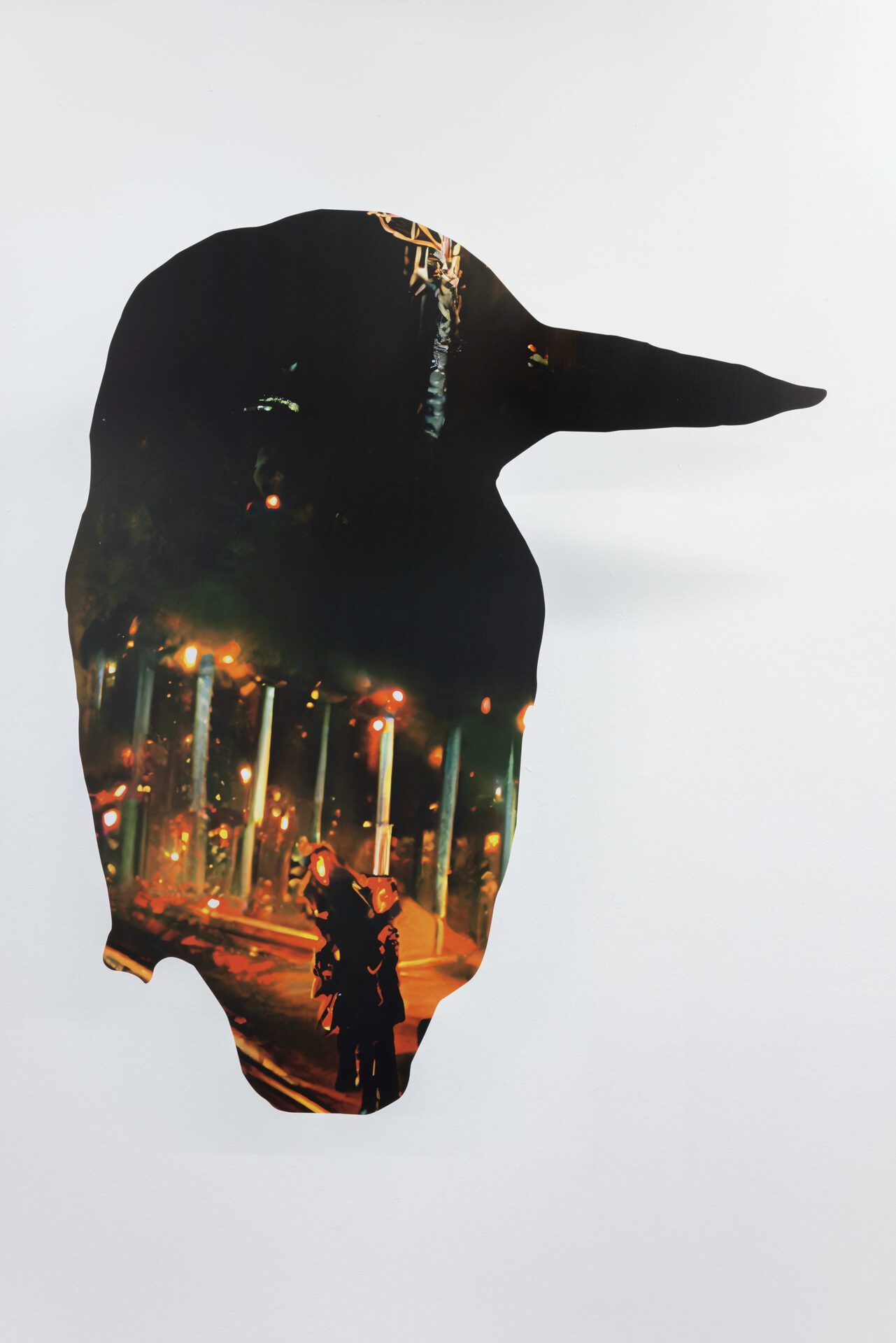
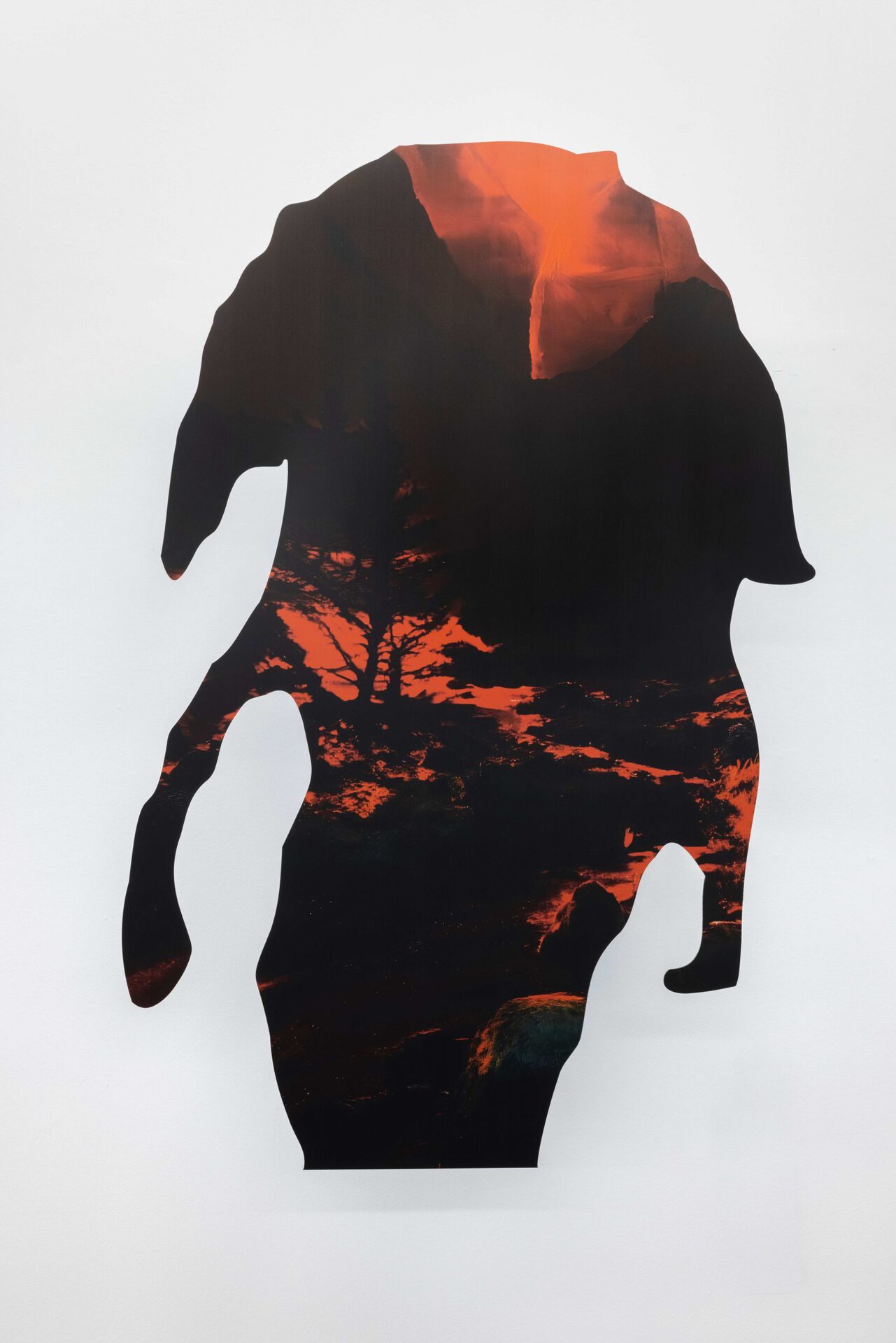

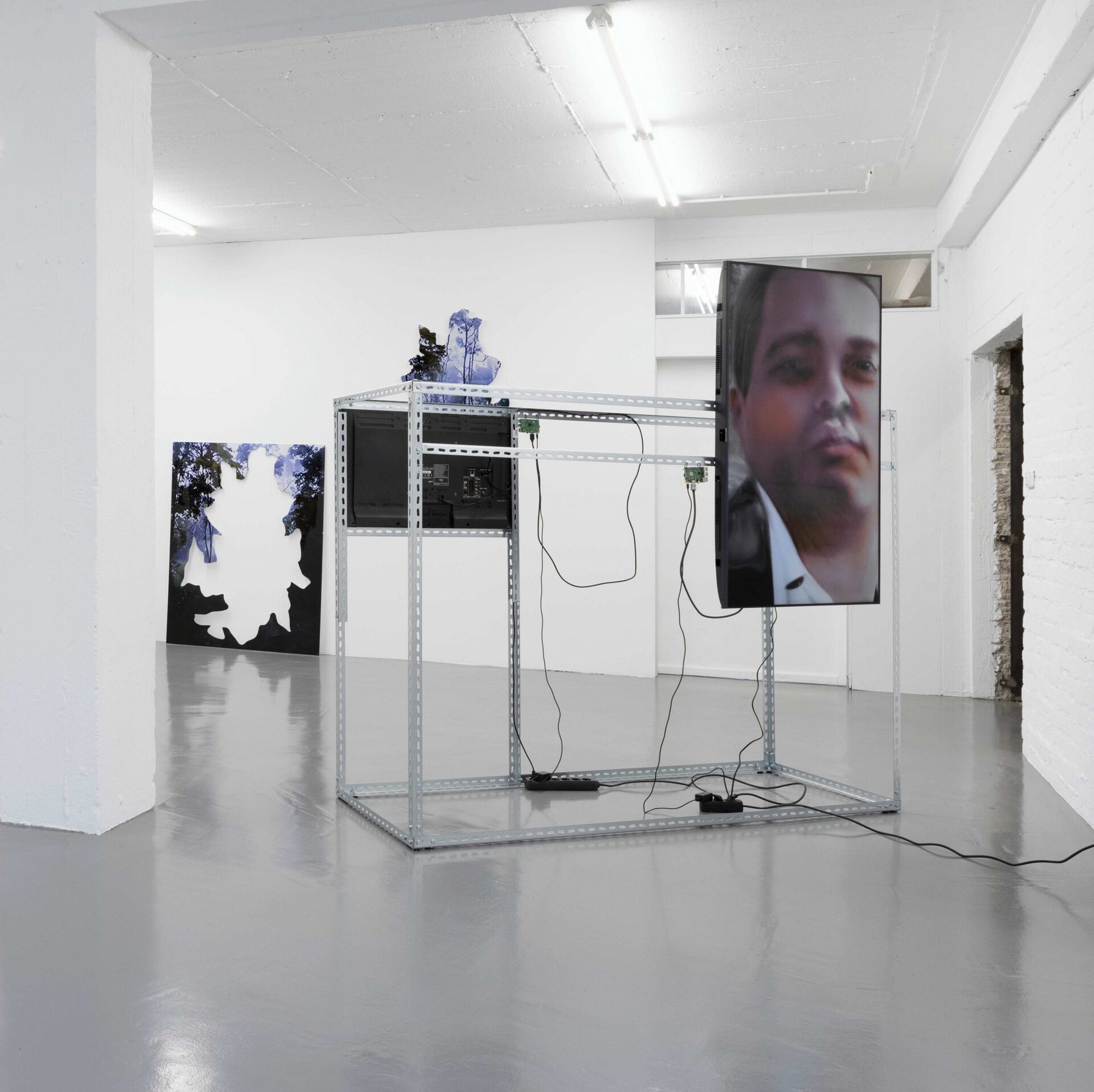
Location
Galerie MARTINETZDate
27.01 –10.03.2022Photography
Tamara LorenzText
The term Uncanny Valley usually refers to an acceptance deficit that people encounter when dealing with artificial beings: robots or simulated images. The closer the imitation comes to reality, the more discomforting it becomes – that uncanny feeling that was first described by the Japanese roboticist Masahiro Mori in the 1970s. The counterpart seems inanimate and alien. But what if the Uncanny Valley could be extended to the majority of our visual culture, if that brief hesitation over the image were to imperceptibly become a view of the future world?
Max Kreis utilises tools that, by virtue of their function alone, occupy ambiguous positions: between art and code, between man and machine. He renders the resulting ambivalent aesthetic categories productive for his work. The artist creates Generative Adversarial Networks – GANs for short – i.e. parallel algorithms to generate images. A generator and a discriminator work together and against each other. Initially, the generator does only one thing: it generates noise, pixel by pixel, coincidences along the RGB colour spectrum. The discriminator differentiates and learns. What kind of picture was taken? A tree, a human being, an animal? It passes its findings on to the generator, which becomes better and better at creating targeted images. The process can be understood as autopoiesis, as a self-contained system that develops itself via evolution out of chaos and space of infinite possibility – at least almost. It all begins with the code.
The images created by Kreis within this closed system are not merely an attempt at the most accurate mimesis possible. The decisive step in GANs is that they are based on a segmented data set, in this case consisting of mobile phone photos taken between 2009 and 2020, which are then redrawn by four algorithms. The images are synthetic – yet inextricably linked to personal memory.
If an image is too glossy and too much like a photograph, the artist has incomplete image files reprocessed by a neural network that fills in blanks, invents pixels to match it, and creates the fiction of a better photograph based on learned parameters. The result is paradoxical. The images acquire a painterly quality, as if the algorithm was moving back and forth through art history, from mimesis to self-referentiality, from the illusion of space to the flatness of the aluminium plate. Formally, the images appear strangely familiar. They are composed like landscapes or portraits, you think you recognise something out of the corner of your eye: objects and vanishing lines, reflections like in impressionist painting, the sky, chiaroscuro. The unfamiliarity arises only in the second step.
There is more at stake when it comes to Kreis’ work than merely searching for the moment when the familiar tips over into the creepy. Complex, closed systems structure the relationship to our environment. Intelligent algorithms optimise portrait shots taken by mobile phone cameras and cut the already tenuous referential connection between photo and reality. Data sets used to train GANs contain the biases of their developers, and it is one of the great myths of AI that it can map the world autonomously and neutrally. Doubts about the image are part of the ambivalent feeling that is difficult to describe. But it is precisely here, in the extremely slowed-down cognitive process, that Kreis searches for the aesthetic pressure point of self-learning systems.
Philipp Hindahl